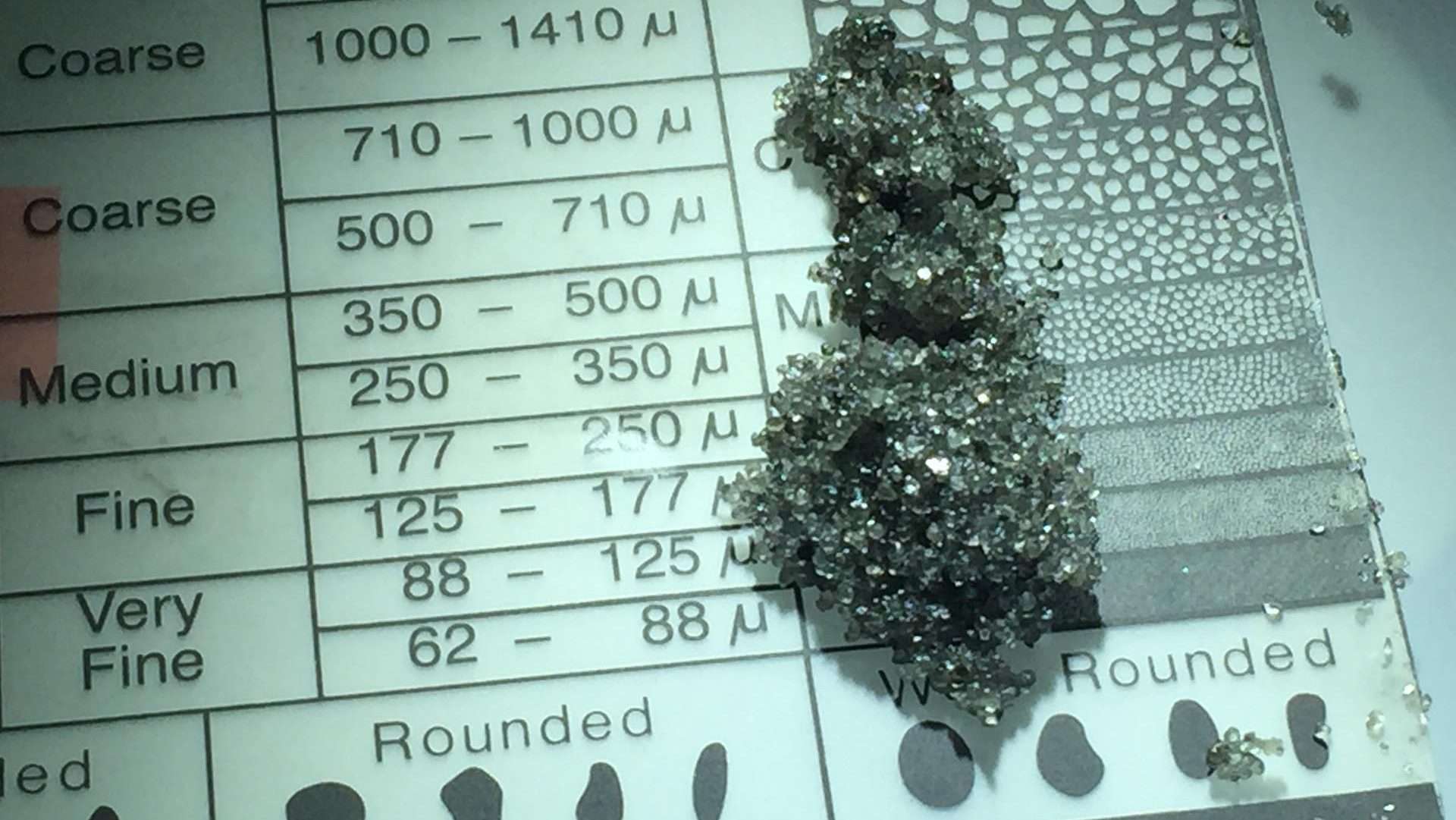Abstract
In the classic shaly sand model, shale is typically represented as occurring in three modes – "structural", ‘.’laminar", and "dispersed". Struct- occurring in three modes – "structural", ‘.’laminar", and "dispersed". Struct ural shale replaces the matrix sand grains by direct substitution and there- ural shale replaces the matrix sand grains by direct substitution and there fore does not affect porosity. Laminar shale replaces both the sand grains fore does not affect porosity. Laminar shale replaces both the sand grains and their associated porosity. Consequently, laminar shale reduces effective and their associated porosity. Consequently, laminar shale reduces effective porosity in direct proportion to the percentage of shale present. Dispersed porosity in direct proportion to the percentage of shale present. Dispersed shale (more correctly called clay) fills only the pore spaces. As a shale (more correctly called clay) fills only the pore spaces. As a consequence, dispersed shale reduces effective porosity in greater proport- consequence, dispersed shale reduces effective porosity in greater proport ion than the volume present. Figure 1 is a lithological representation of ion than the volume present. Figure 1 is a lithological representation of this model and illustrates the three modes of shale occurrence.



